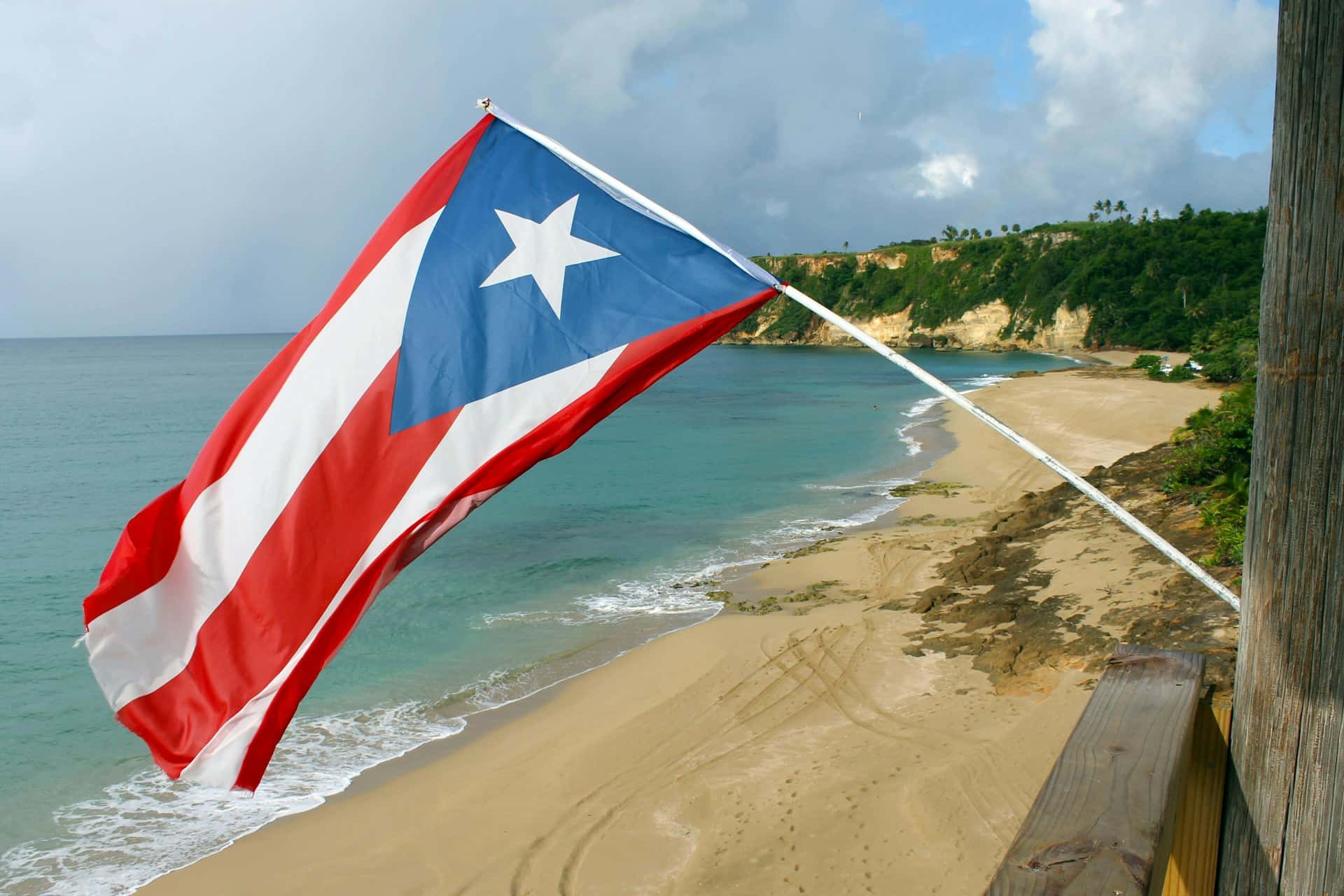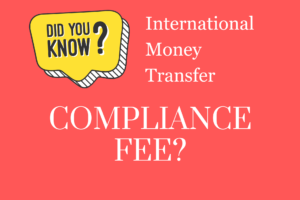A Closer Look at Tax Benefits and Regulatory Scrutiny
In recent research and discussions with several International Financial Entities (IFEs) in Puerto Rico, a complex picture of the banking landscape emerges, particularly for those seeking banking services outside the mainland U.S. banking system. This exploration aims to highlight the intricacies of banking within Puerto Rico’s IFE sector and dispel any misconceptions about the ease of access to financial services through these entities. The key focus here is on the Puerto Rico IFE and its role in the broader financial ecosystem.
The allure of Puerto Rico as a banking haven, particularly for those unable to secure banking relationships in mainland U.S., stems from a misunderstanding of the services IFEs can provide. Many are drawn to these entities under the belief that they can bypass the stringent regulatory requirements of mainland U.S. banks. However, this perspective overlooks the substantial regulatory oversight and operational challenges inherent in the IFE framework.
A significant factor contributing to the complexity of banking with Puerto Rico IFEs is the tax saving arbitrage. These entities operate under a markedly lower corporate tax rate of 4%, compared to the substantially higher rates applicable in the mainland U.S. This disparity has created a niche for tax optimization strategies, but it’s crucial to understand that this benefit comes with its set of challenges and scrutiny.
Historically, the involvement of bad actors from countries such as Venezuela, Colombia, Brazil, Argentina, and various Eastern European nations has heightened regulatory attention on Puerto Rico’s financial sector. These concerns led to the withdrawal of correspondent banking relationships by the Federal Reserve in 2018, particularly affecting the ability of Puerto Rico IFEs to engage seamlessly with the mainland U.S. banking system. Despite a few IFEs maintaining such relationships, they are subject to rigorous conditions, including a minimum of $50 million in paid-up capital. Moreover, these banks often provide pseudo correspondent banking services through partnerships with mainland U.S. financial services providers, further complicating the banking landscape.
With the U.S. regulators and banks intensifying their oversight, stricter scrutiny on Know Your Customer (KYC) / Know Your Business (KYB) protocols, especially concerning the source of wealth, has become the norm. This development indicates a significant shift towards transparency and accountability in financial dealings.
For those considering engagement with a Puerto Rico-based IFE, it’s crucial to reassess their motives and expectations:
- If the primary reason is difficulty in obtaining banking services in mainland U.S., it’s advisable to reconsider, given the stringent regulatory landscape in Puerto Rico.
- Establishing a banking relationship on the periphery to gain indirect access to the U.S. financial system requires thorough research. Potential clients should explicitly inquire about the types of financial services available and the nature of any correspondent banking links an IFE might offer.
- The opportunity to purchase an IFE may seem attractive, but it’s essential to investigate whether the entity is in a license surrender phase, potentially indicating a desire to exit the sector rapidly.
- Buying an IFE with the expectation of owning a bank or similar financial institution warrants a careful reconsideration of the realities and challenges of the Puerto Rico IFE sector.
The New York Federal Reserve’s role as the regulatory authority over Puerto Rico places these entities under significant scrutiny, underscoring the importance of understanding the regulatory and operational landscape before pursuing banking relationships with IFEs.
In summary, the narrative that IFEs in Puerto Rico offer an easy alternative to mainland U.S. banking services is misleading. The reality is far more complex, with stringent regulatory requirements, tax considerations, and operational challenges shaping the sector. This article aims to shed light on the nuanced world of Puerto Rico IFEs, challenging the overly optimistic views and encouraging a more informed approach to banking in this unique jurisdiction.
—
This page was last updated on March 1, 2024.
–




